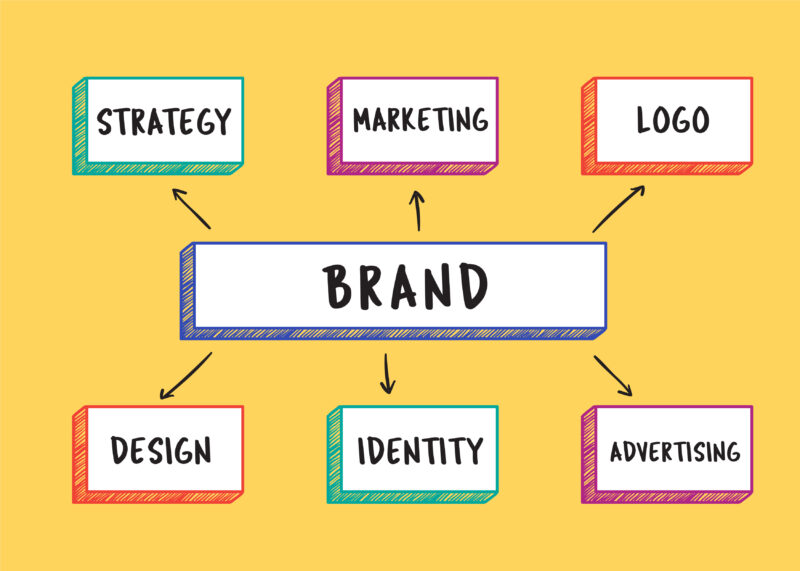Why do agencies often struggle to advertise themselves?
Mumbrella’s Kalila Welch investigates why so many agencies are missing the mark when it comes to creating their own brands.
For an industry that exists to create and communicate brand messages, agencies themselves often struggle to clearly communicate their own services and positioning.
Over the past year, a flurry of revitalised agency positionings have hit the Australian market, including Half Dome’s “Whole Potential”, Connecting Plot’s “Imagination in every impression”, Keep Left’s “Ideas People Choose”, The Core Agency’s “Punch above”, CX Lavenders “We Make Stuff for People” and Cummins&Partner’s “Micro-network creative consultancy”. That is not to say these agencies specifically have missed the mark.


